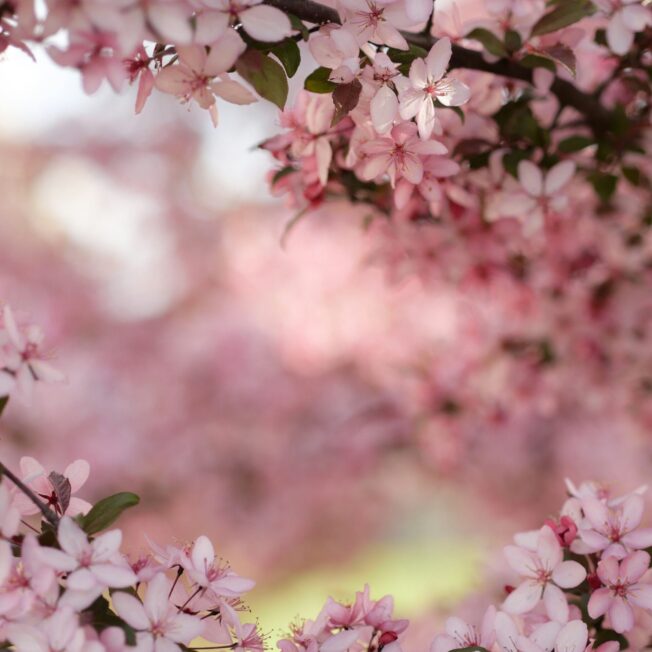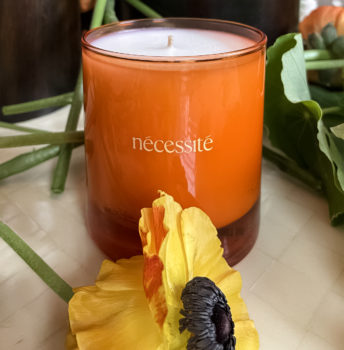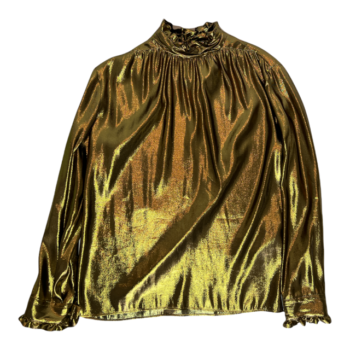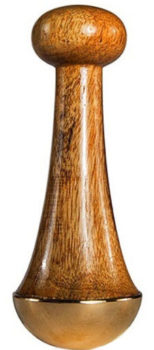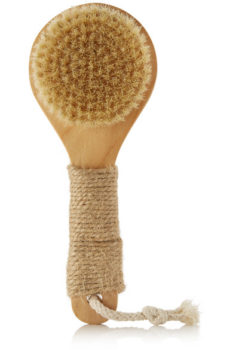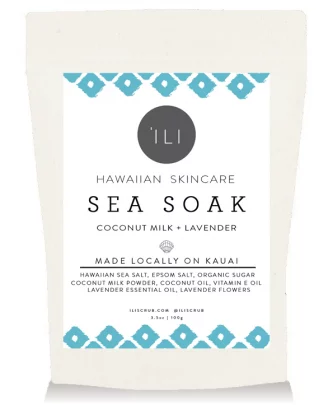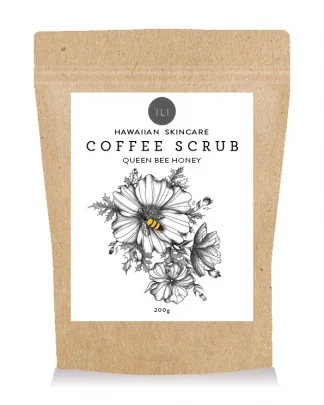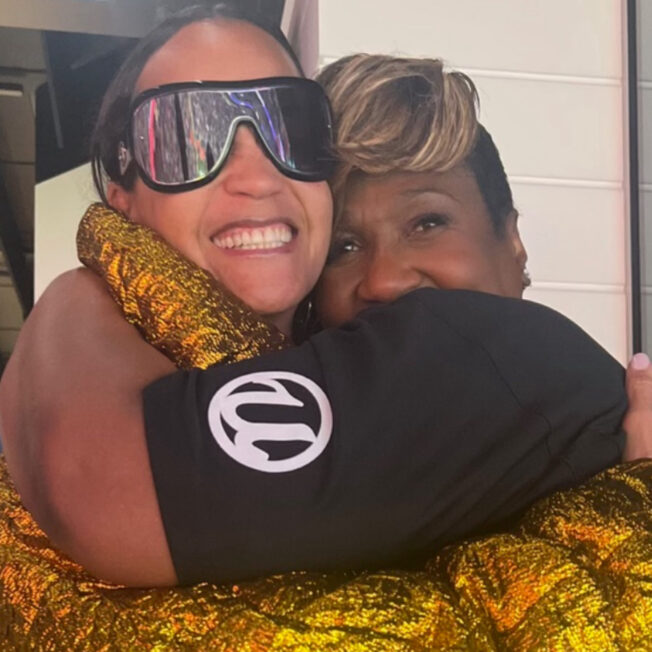Each time the second Sunday in May rolls around in the United States; individuals come together to honor the matriarchs of the family and the mothers in their lives. Mother’s Day allows us to take the time to celebrate and focus on the maternal figures in our lives.
However, over the years, with the mass commercialization of this holiday and many others, it’s become focused on the material side, driving purchases of cards, flowers, candy, and presents to honor the maternal influence and care given by the mothers in our lives.
As we approach Mother’s Day this year, let’s look back at its history and roots to remember the true meaning of the holiday.
The history of Mother’s Day
In the United States, Mother’s Day can be linked to three moments across the late 1800s and early 1900s.
In 1858, Ann Jarvis organized “Mothers’ Day Work Clubs” to improve sanitation and evade deaths that could be caused by disease-carrying insects as well as seepage of polluted water. Years later, in 1872, Julia Ward Howe, a poet, abolitionist, and women’s suffragist, founded a day dedicated just to mothers–as well as for peace–after the Franco-Prussian War, which ended in May 1871. Then, in 1905 when Ann Jarvis died, her daughter Anna wanted to honor her mother’s legacy and activism following her death. So, she decided to campaign for the special memorial, with congress eventually passing a Mother’s Day resolution on May 8, 1914, which designates the second Sunday in May each year as Mother’s Day.
For Howe, the day was meant to center on advocating for peace, and for several years, the event was held in Boston, among other cities within the country. Over time though, Howe’s version of Mother’s Day fizzled out before World War I in 1914.
From 1858, Jarvis ran the Mothers’ Day Work Clubs at the Methodist Episcopal Church in her community in Grafton, West Virginia, helping to fight infant and child mortality rates. As part of the work clubs, the mothers attending would learn valuable information about sanitation, including instructions to boil drinking water. Mothers also gave out medicine and supplies to sick families in addition to quarantining various households to lower the risk of starting an epidemic.
And like many current happenings in modern-day, it’s often believed that Mother’s Day has its roots in ancient Greece. While not a direct link, some modern-day celebrations of the matriarchs of our families can be traced back to ancient Greece and Rome when they would gather at festivals to celebrate the mother goddesses, Rhea and Cybele.
From Mothers’ Day to Mother’s Day
Throughout her life as a mother, Jarvis lost nine children and was surrounded by four surviving children when she died in 1905. One daughter, Anna, strived to carry on her mother’s legacy, but rather than center on how the mothers, through their work, would improve the lives of the community, she tackled it from the perspective of a daughter to celebrate one’s mother on the day instead.
Three years after her mother’s death, the first Mother’s Day was celebrated at Andrews Methodist Church in Grafton. Anna deliberately chose the second Sunday in May as the day to celebrate because no matter the year, it would always fall in the general vicinity of May 9, which is the anniversary of her mother’s death. At the celebration at the church, Anna chose to hand out hundreds upon hundreds of white carnations to the mothers in attendance, as they were her mother’s favorite flower.
Over the years, Mother’s Day has transformed into a day to honor the birth mothers in our lives and spread the support to the motherly figures who have supported us just the same, recognizing that not all individuals have “traditional” maternal bonds.
Who celebrates Mother’s Day?
Around the world, countries have adopted the United States’ version of the holiday, holding their celebrations on various dates throughout the year.
In the United Kingdom, the holiday is Mothering Sunday, which takes place on the fourth Sunday of Lent each year. In some countries, they adopted Mother’s Day celebrations on a date or in a month that is significant to their major religion, such as in Catholic countries including Belarus and Spain, or on a date with historical significance, including Bolivia’s celebration, which coincides with the anniversary of a battle wherein women participated to defend their children.



